
If you're having a hard time thinking about how to create a cohesive look for your space, just go back to the fundamentals of interior designs. You don't need to have in-depth knowledge of design to understand this, your passion and eye for detail are just enough! Pair that with practice and experimentation and in no time, you'll be creating a beautiful space for yourself (or maybe even for friends and family)!
Listed below are the Basic Principles of Interior Design to assist you in your design process, DIY home decor projects, and in transforming your home to a fabulous oasis from season to season!
Balance
Balance refers to the proper distribution of objects within a space to create a feeling of equilibrium. In interior design, every object has a visual weight which is what contributes to the visual balance (or imbalance) of a room. It could be through the shape, color, pattern, and textures. For example: larger, darker, highly textured objects typically feel heavier or black items has more weight than grey.
3 Kinds of Balance in Interior Design:

Symmetrical Balance
This is a 50/50 balance like a mirror image where elements are arranged on either side of the center of a composition or space in an equally weighted manner. This creates more of a traditional and formal look.

Asymmetrical Balance
This is achieved when the visual weights of lines, shapes, colors, forms, textures are balanced but without exact duplication. This creates a more dynamic and casual look.

Radial Balance
This is achieved when there is a central focal point with other elements radiating from it or around it.
Rhythm
Rhythm refers to the flow of all the elements in the room. This is what guides the eyes from one design element to the next to move freely throughout the room. This is an important principle as well because, without rhythm, a room will oftentimes appear awkwardly designed, cluttered, or all over the place with no central element.
3 Methods of Achieving Rhythm in Interior Design

Repetition
This method creates rhythm by repeating design elements like accent colors, textures, materials, etc. throughout a space.

Progression
This is achieved by using a group of like objects that vary in size, color, shape, etc. Also creates a sense of depth if used in certain ways.

Transition
This is used by implementing a continuous flowing object across a space to help guide the eye gently and smoothly from one object or room to another. Examples of this are arched doorways, curvaceous furniture, and stair railings.
Contrast
Contrast has to do with the difference in color, form, and use of space. It is achieved by placing two elements with opposing characteristics together. When correctly used, it makes a space more interesting and gives it that visual impact.
3 Ways to Create Contrast in Interior Design

Color
Giving rooms a complementing color scheme using two opposing shades on the color wheel creates the most impact.
Tip: To tone everything down, all you need to do is to add in extra neutrals., Doing this gives the eyes a visual space to rest.

Form
Mixing different shapes and lines like angled, sharp corners with rounded, smooth edges. or geometric shapes and organic shapes.

Space
This involves positive and negative space in a room.
Just as you have areas of positive visual activity, you should also include areas of empty (negative) space to create a contrast in volume.

Different Materials
Using items that are distinctive from each other purposefully like in how they are made or with what materials. You can mix chrome and steel metals with natural materials like stone and wood. With fabrics, you can mix solid and patterned textiles.
Emphasis
Emphasis involves creating a focal point in your space—a place that draws in the eye as it moves about the room. When creating a focal point in the room, a good place to start is by thinking not only of what you want to highlight (e.g your statement piece/s) but what you want to hide as well. Drawing attention to one part of the room and away from another creates a sense of order and visual priority in the space.
4 Kinds of Emphasis in Interior Design

Dominant
Any feature added to completely dominate the design of a space such as feature wall, giant chandelier, huge antique bed, giant vase, fireplace, giant wall art.

Subdominant
Smaller features such as rugs, curtains, and central furniture.

Subordinate
Includes accessories and small featured décor like a small art, trinkets, or pillows in a contrasting color.

Emphatic
Architectural features and natural structural parts of the room such as a grand archway, giant set of doors at your entry, exposed beams.
HARMONY
Harmony is about relating the elements in a space to each other. When harmony is in effect, the space should feel complete because all its parts relate to, and complement, each other. It's doesn't necessarily mean that each piece should be identical, but they share common characteristics with the others.
Having a color palette to stick to with for all your décor helps maintain Harmony in interior design. To help you pick colors for your interior's color palette, you can try using color wheel and color matching guides.
3 Most Commonly Used Color Schemes

Monochromatic
Using shades and tone of a single color.

Complementary
Using colors that are directly across from one another on the color wheel.

Analogous
Using 3 or more colors that are directly next to each other on the color wheel.
And those are the basic principles that you need to know if you're looking to create a more cohesive and professional looking interiors! Happy Decorating
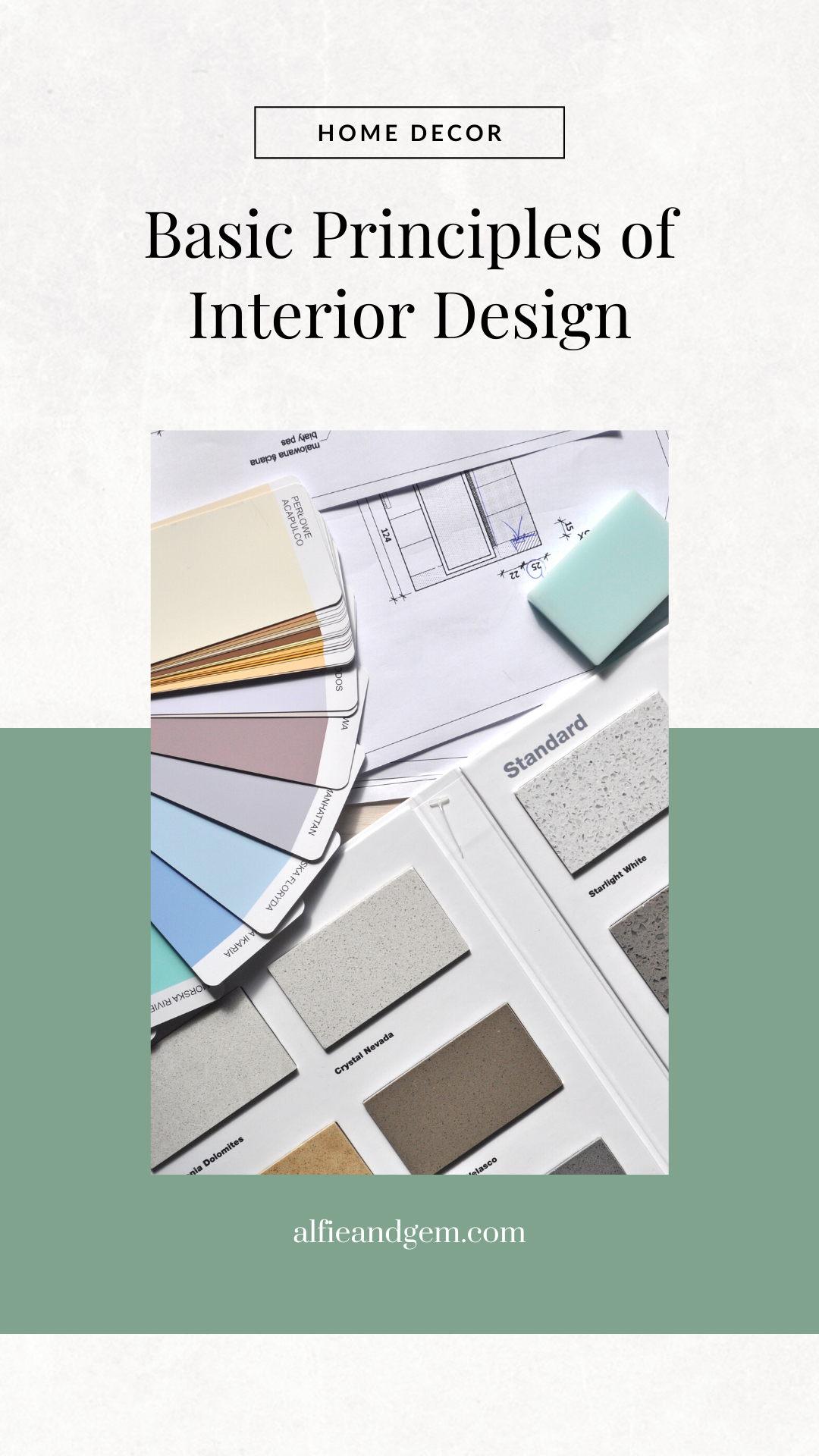

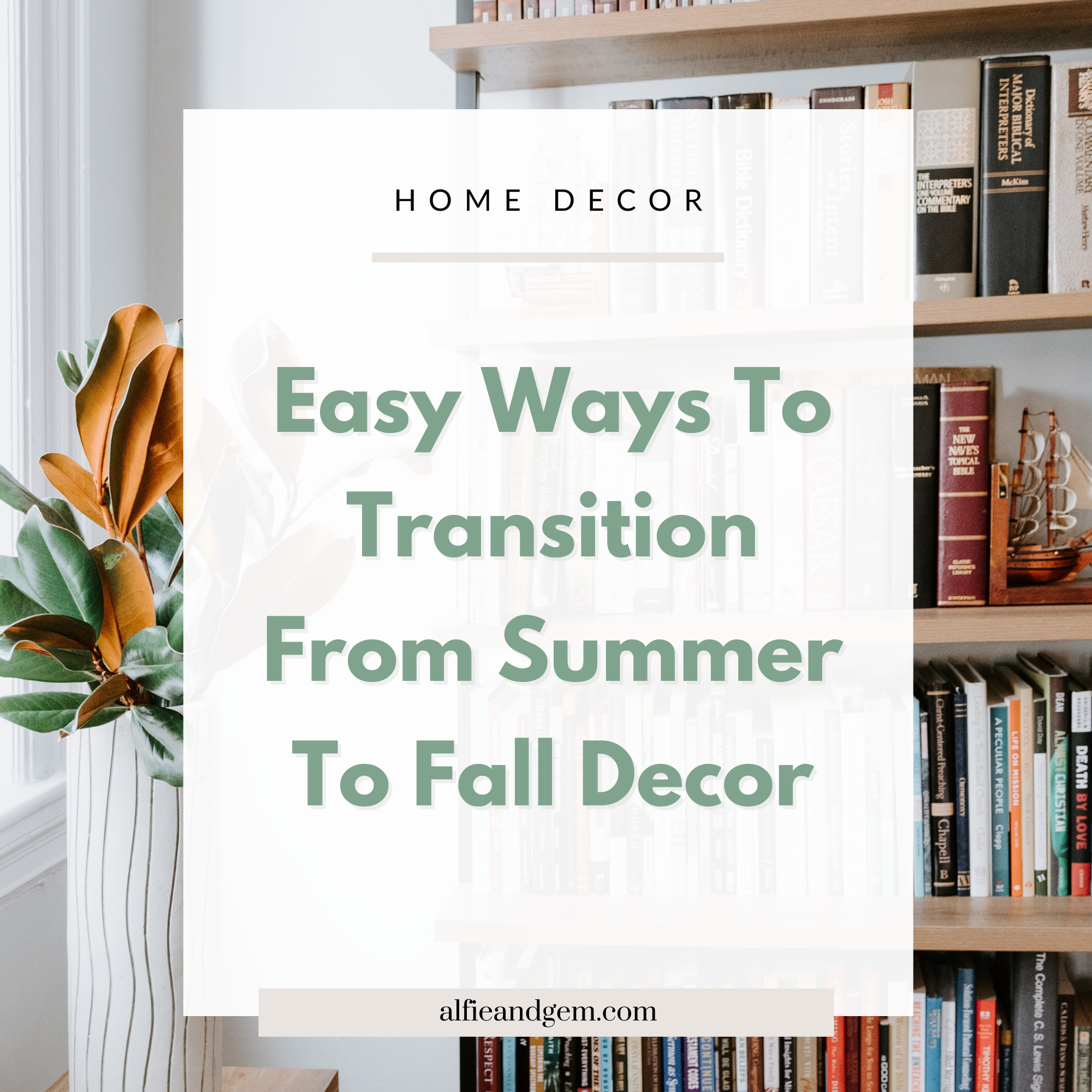

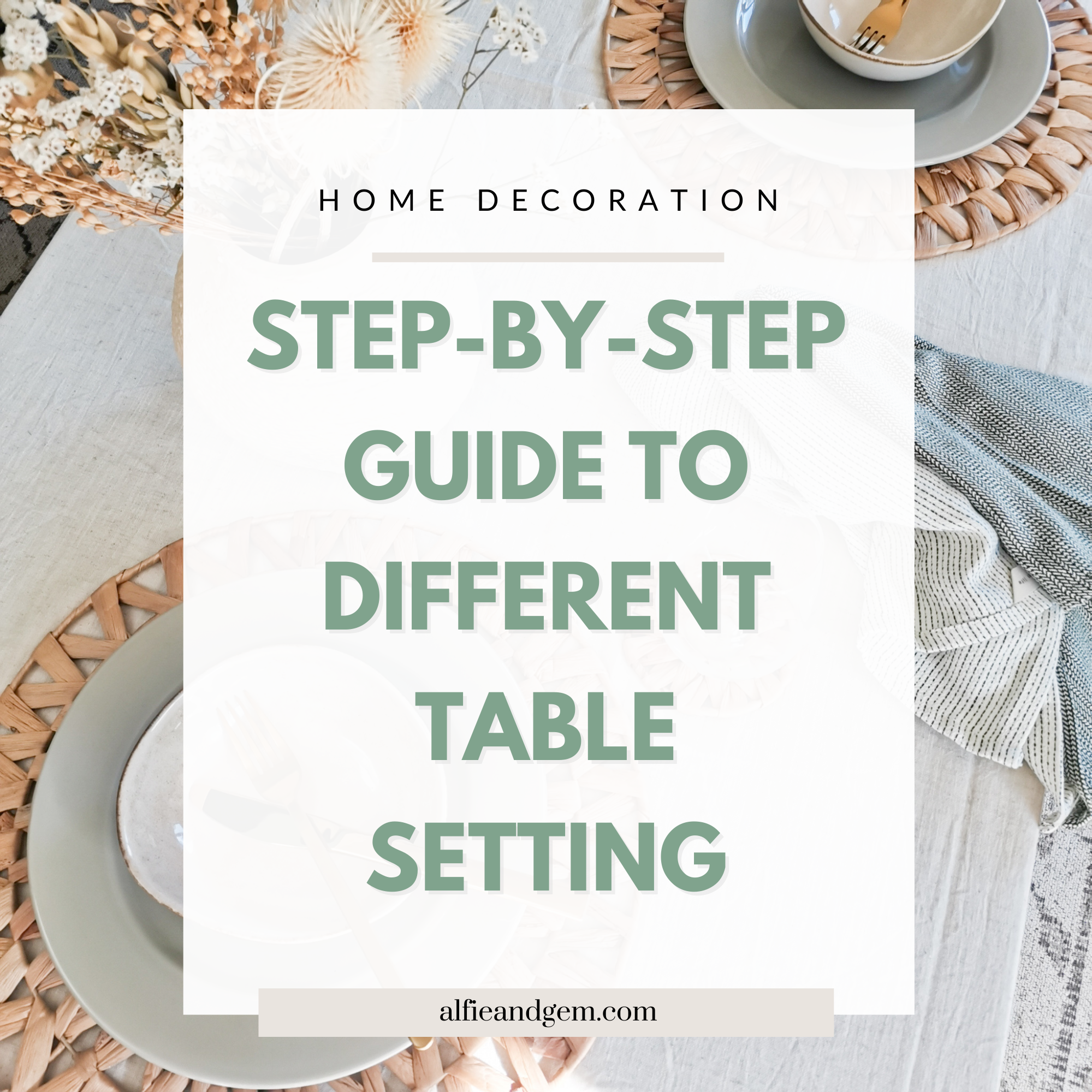

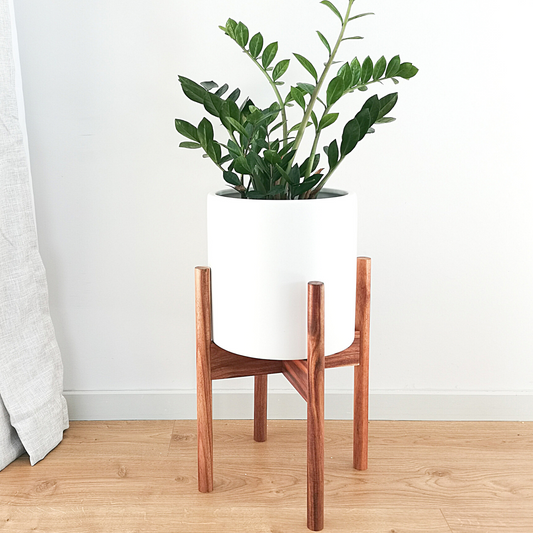

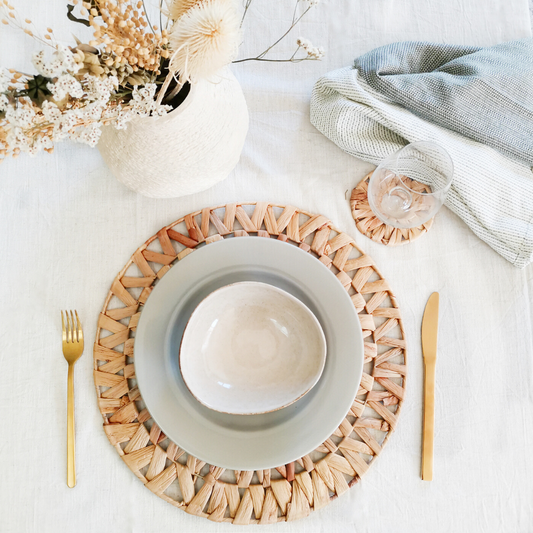
1 comment
Your article on basic principles of interior design brilliantly encapsulates the essence of classic design, emphasizing elements that stand the test of time. The focus on balance, proportion, and a timeless aesthetic provides a solid foundation for creating interiors that exude elegance, making it a valuable resource for those looking to infuse classic interior design principles into their spaces.